Oceans May Be Speeding Melt of Greenland’s Glaciers
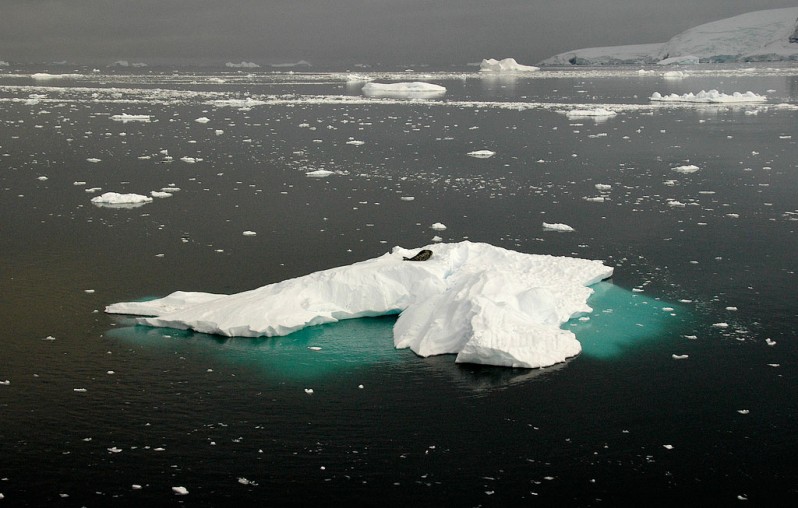
Researchers know that warm air over Greenland melts surface snow and ice, but this process doesn’t do enough melting to explain the extent of the glaciers’ rapid retreat, responsible for about a quarter of worldwide sea level rise. The connection between ocean changes, including a warming Atlantic Ocean, and glacier response is unchartered territory, and may make up the difference between predictions of ice melt and reality.
Blindsided by Ferocity Unleashed by a Fault
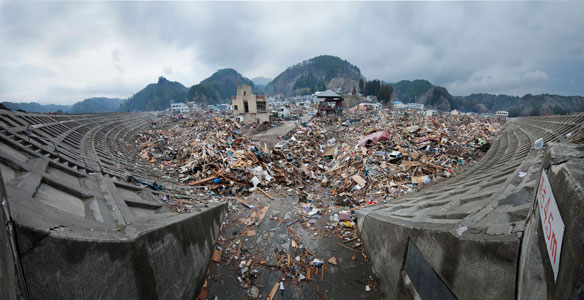
Records kept for the past 300 years indicated that every few decades, part of the Japan trench, an offshore fault to the east of Fukushima, would break, generating an earthquake around magnitude 7.5, perhaps up to magnitude 8.0. While earthquakes that large would be devastating in many parts of the world, the Japanese have diligently prepared for them with stringent building codes and sea walls that are meant to hold back quake-generated tsunamis.
Houston company accepts responsibility for oil spill off Louisiana

A Houston-based oil company has accepted responsibility for a mysterious spill near Grand Isle, although it says it remains “surprised” that what it thought was a minor discharge from a long dormant well could have produced miles-long slicks.
Sendai Coast, NASA Earth Observatory

One week after the magnitude-9.0 earthquake and resulting tsunami, the fields nearest the ocean were still covered with standing water. An Advanced Land Imager (ALI) on NASA’s Earth Observing-1 (EO-1) satellite captured a natural-color image of the area.
County Kills Singer Island Breakwater Project, Siding With Environmentalists
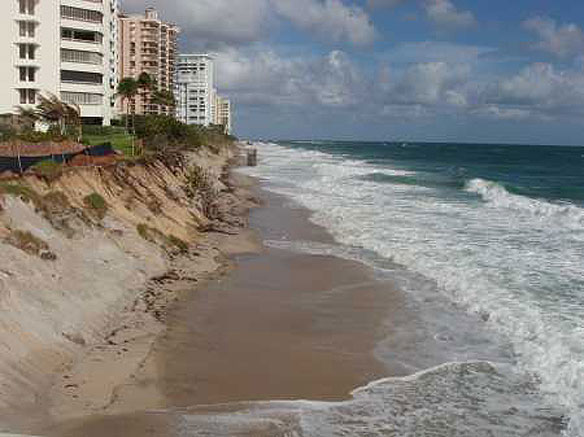
Palm Beach County commissioners killed a controversial proposal Tuesday to build a series of breakwaters off of Singer Island intended to buffer its beach from eroding.
Prehistoric Trash Heaps Created Florida Everglades’ Tree Islands
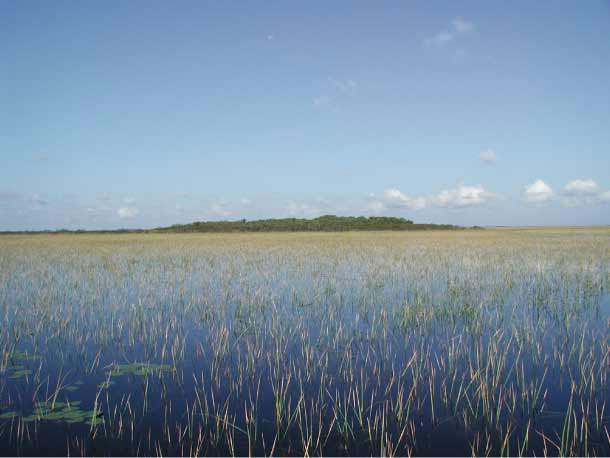
For many years, scientists thought the fixed tree islands, larger, teardrop-shaped kinds of tree islands often found in the main channel of the Everglades, rose from protrusions from the rocky layer of the mineral carbonate that lies beneath the marsh. Now, researchers suggest these islands might actually have developed from ancient (organic) garbage mounds left behind from human settlements about 5,000 years ago.
Why We Build Nuclear Power Stations in Earthquake Zones

State and federal officials are pushing for comprehensive checkups of the San Onofre and Diablo Canyon nuclear facilities, both located on California coast, and which have been both cited repeatedly in recent years for safety lapses. If more Fukushimas are to be avoided, we have to start by understanding the real risk of risk.
Japan Quake Changed Coastal Landscape And Not Just Above Sea-Level.
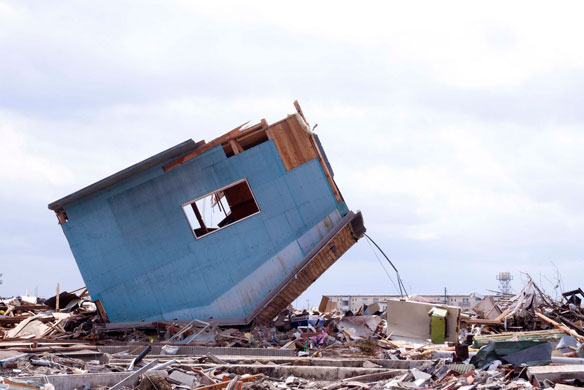
The recent monster quake that hit northeastern Japan altered the earth’s surface, loading stress onto a different segment of the fault line much closer to Tokyo. Last week’s tremor changed the coastal landscape, and not just above sea-level. It created a trench in the sea floor 240 miles long (380 kilometers long) and 120 miles wide (190 kilometers wide) as one tectonic plate dove 30 feet (nine meters) beneath another, said NASA.
Tsunami’s Effects Offer Clues About Future, California
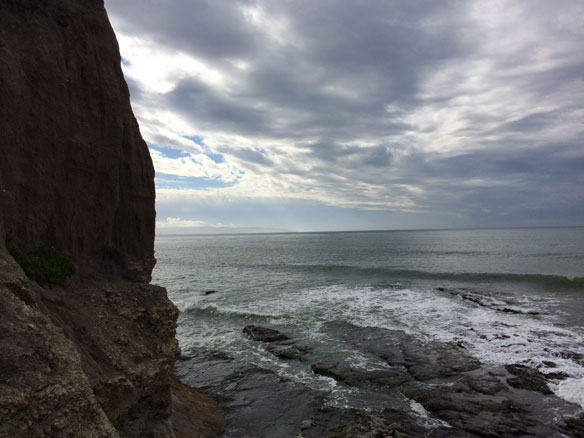
Researchers are gathering data from the tsunami damage in Northern California to gain a more detailed understanding of how a powerful earthquake or undersea landslide could trigger a tsunami and what those waves could do. About 480,000 Californians live in areas at risk of a 5-foot or greater rise in sea level.
